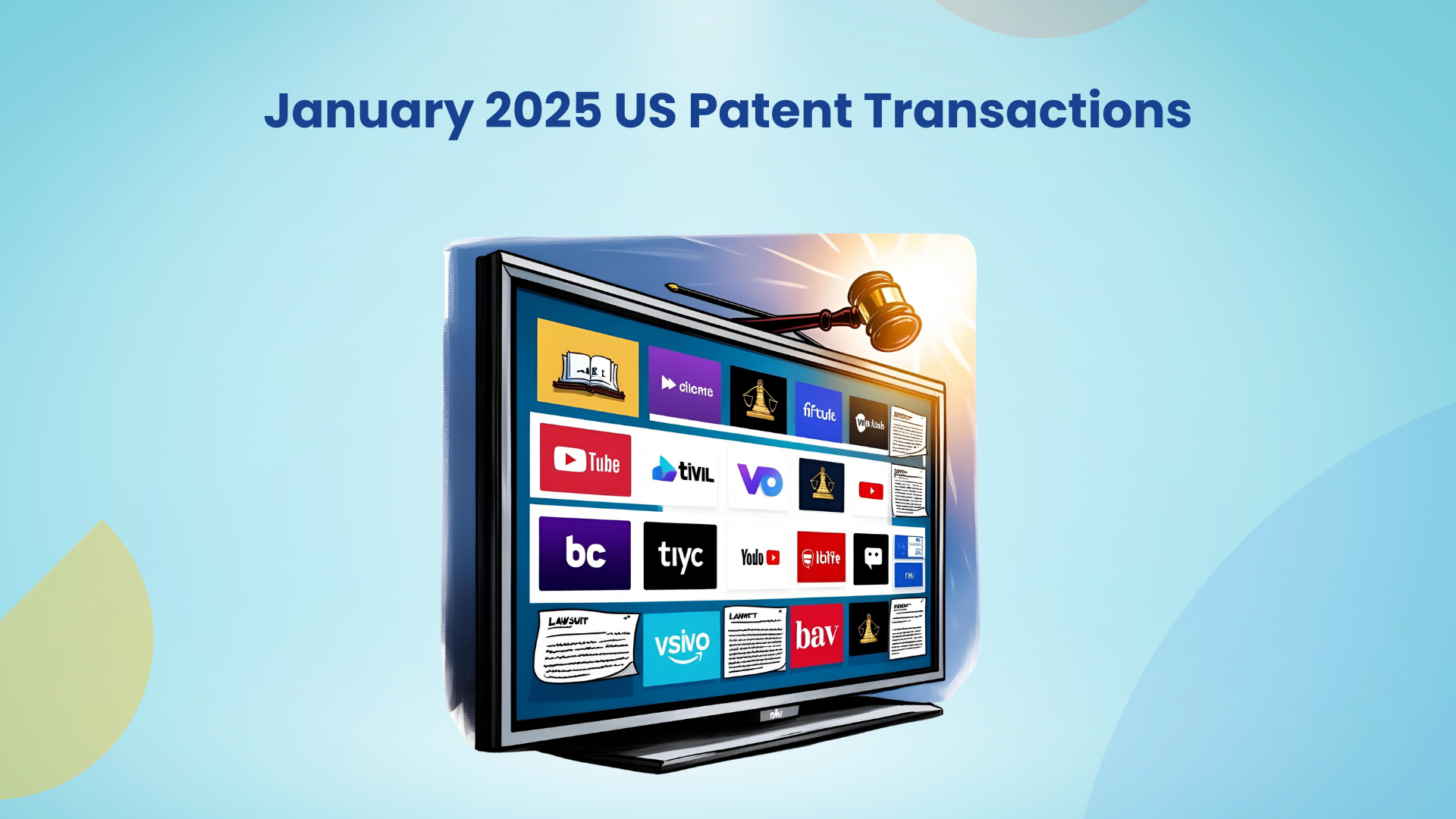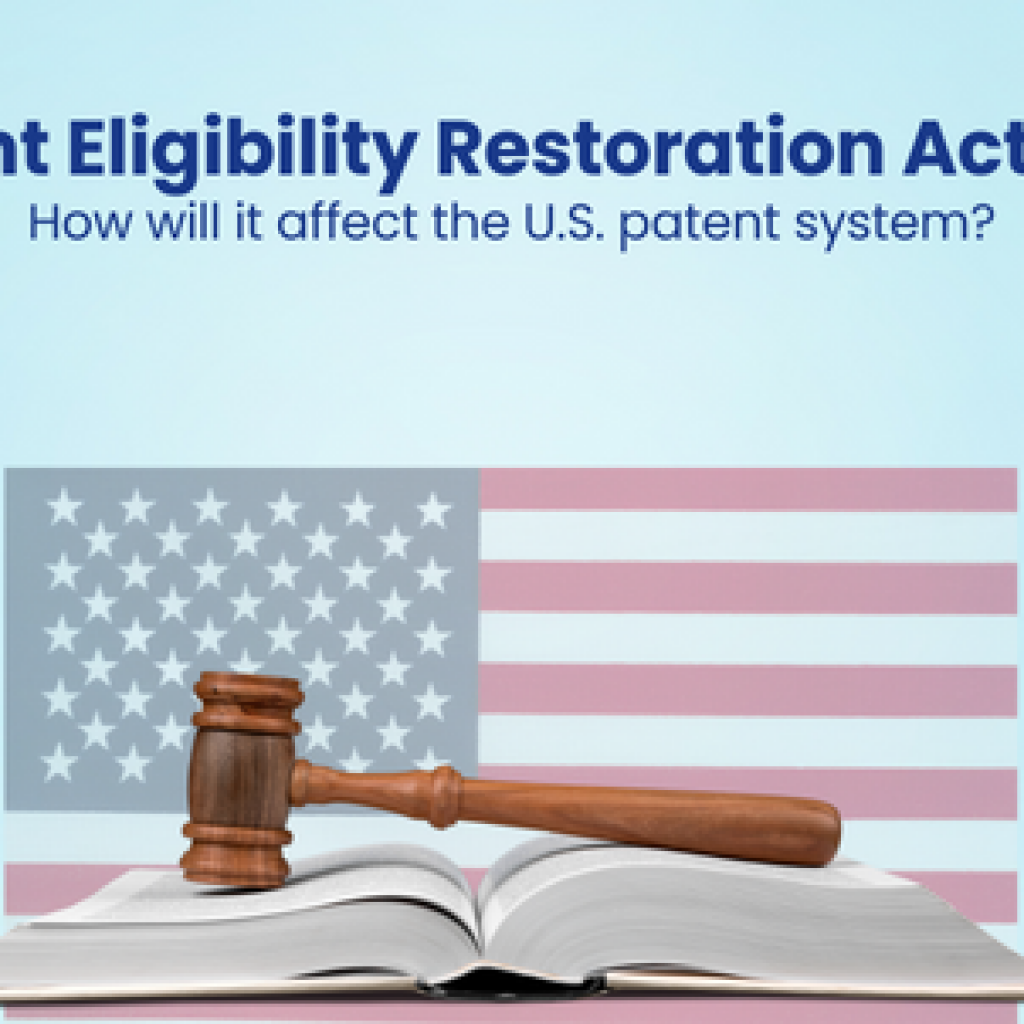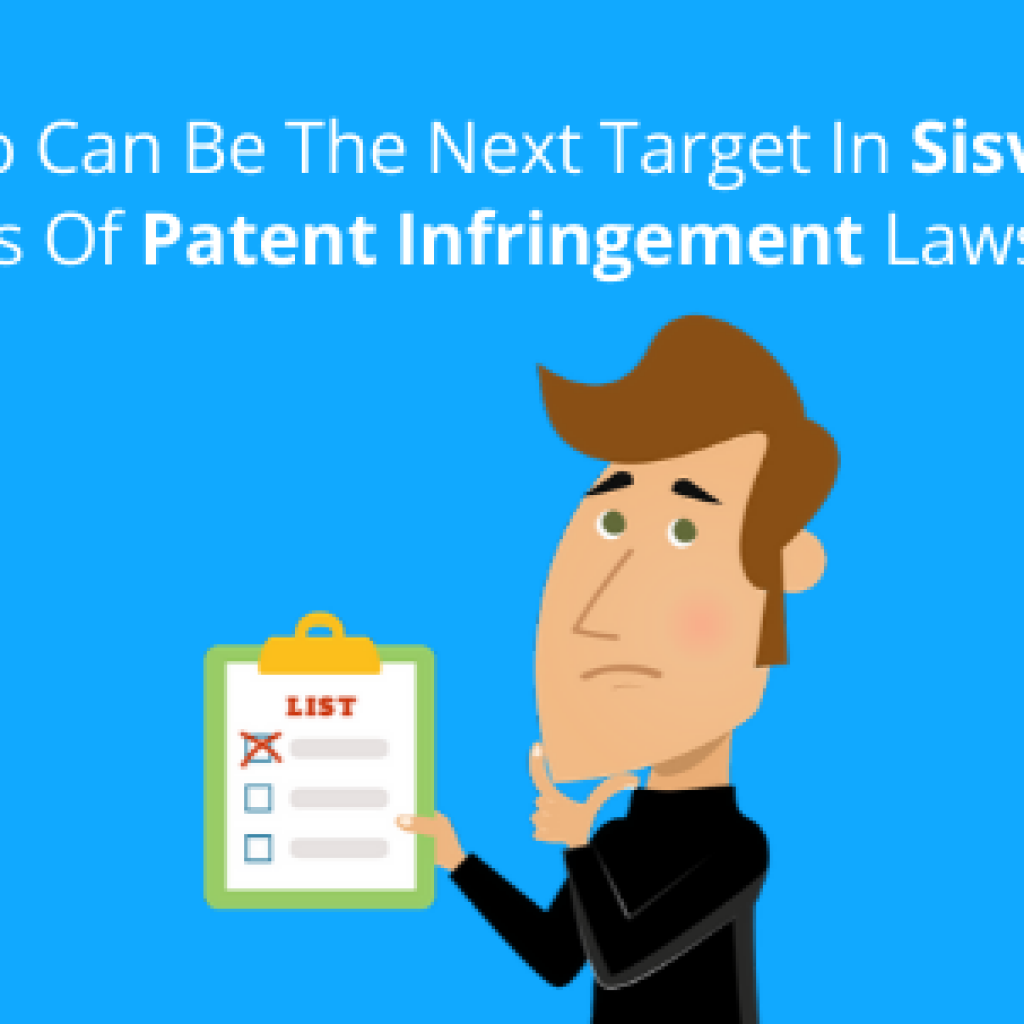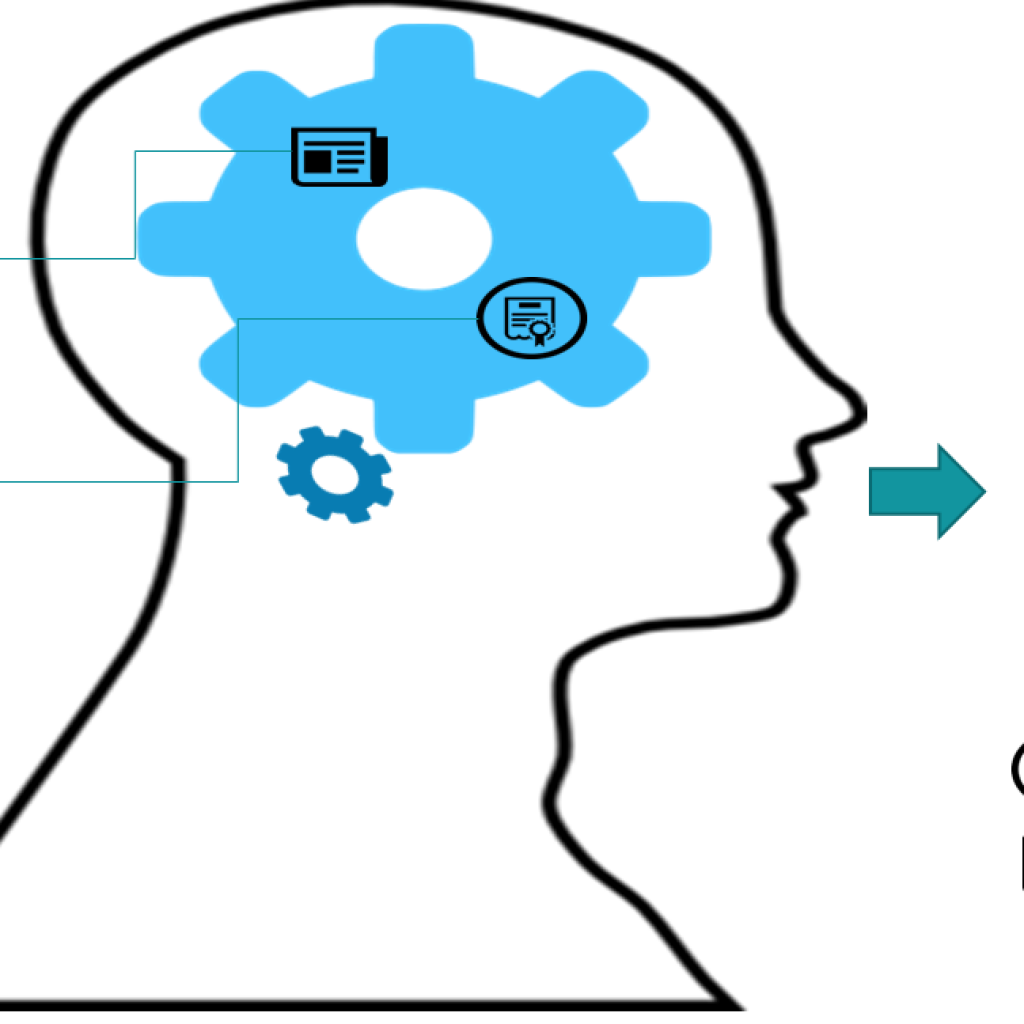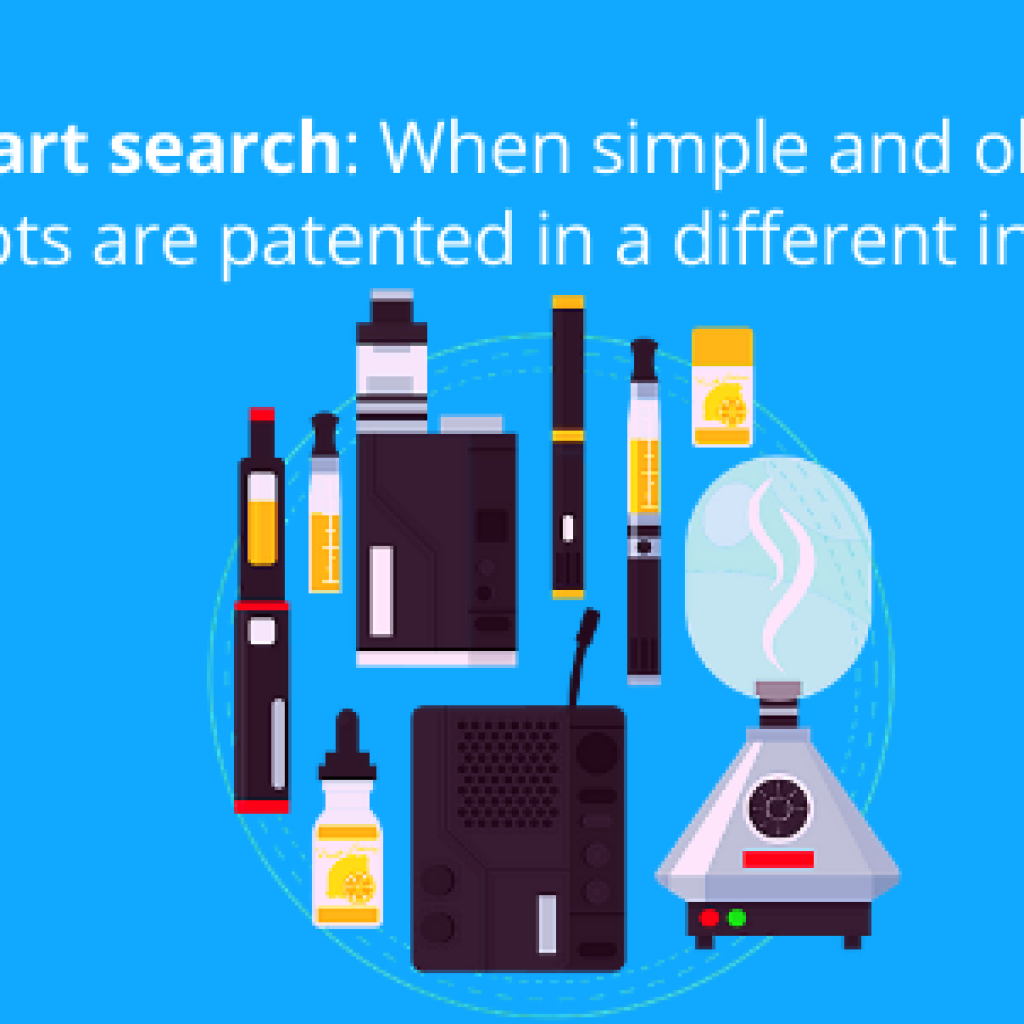January’s patent deals set the stage for significant shifts in the telecom and consumer electronics industries. InterDigital’s acquisition of 327 patents from Edgio positions the company to potentially assert these patents in future licensing negotiations, further influencing the competitive landscape.
Meanwhile, Ofinno’s sale of 257 patents to Peninsula Technologies, a subsidiary of Dominion Harbor, strengthens its position in wireless communication technologies, particularly in the 5G sector. With 90% of these patents originating post-2015, they are poised to play a key role in upcoming legal and licensing discussions.
This article delves into the major patent transactions of January 2025, highlighting the key players and technologies reshaping industry dynamics, and identifies the sectors that should be on high alert. A patent deal today could be the foundation for litigation tomorrow.
Track these shifts so you know what’s coming before it lands on your desk. Subscribe to GreyB’s newsletter today.
Subscribe To Our Newsletter
Get the latest patent trends in your industry
InterDigital Strengthens Telecom Position with Edgio Patent Acquisition
InterDigital’s acquisition of 327 patents from Edgio marks a significant move in the telecom space. Over 60% of the acquired patents belong to GAU 2440/2450, which relates to Computer Networks, a highly competitive area in the evolving telecom landscape. With more than 50% of these patents classified under key CPC Classes related to caching, file transfer protocols, and web technologies, this portfolio is poised to impact future telecom negotiations and litigation.
Key Patent Highlight: US8321521B1
One of the standout patents in the acquisition is US8321521B1, which focuses on optimizing caching in Content Delivery Networks (CDNs). This technology uses a hybrid solid-state drive (SSD) and magnetic storage setup to improve network performance. This approach could lead to more efficient data distribution and faster content delivery.
This patent shares characteristics with US8683002B2, previously asserted in litigation against Akamai Technologies and XO Communications. Given the similarities, US8321521B1 has significant potential in licensing and litigation scenarios. It belongs to the same GAU 2454 and Computer Networks class, targeting improvements in content delivery within CDNs, a critical space for telecom companies and service providers.
The patent was prosecuted using the TrackOne application, underscoring its commercial importance. Additionally, the USPTO has leveraged it to block patent applications from major companies, including Adobe Inc., Intel Corp, Comcast Cable, Limelight Networks, and NEC Corp, further highlighting its significance.
Key Application Areas & Relevant Companies
- Content Delivery Networks (CDNs) & Edge Caching
Companies like Akamai, Cloudflare, Fastly, and Amazon CloudFront rely on efficient caching mechanisms to reduce latency and optimize storage costs, making US8321521B1 highly relevant to their operations. - Cloud Storage & Infrastructure Providers
Amazon Web Services (AWS), Google Cloud, and Microsoft Azure are platforms that could benefit from incorporating hybrid SSD-magnetic storage to enhance data retrieval speeds and improve cost efficiency. - Streaming & High-Throughput Content Platforms
Streaming giants like Netflix, YouTube, and Disney+ require optimized caching strategies to efficiently manage large volumes of frequently accessed content. This patent could play a crucial role in improving their content delivery infrastructure.
Potential Licensing & Market Impact
InterDigital is positioned to leverage US8321521B1 to boost its licensing revenue within the CDN and cloud infrastructure markets. The technology has broad applicability for companies involved in high-speed content delivery, cloud storage, and streaming services. As companies continue to optimize their networks, InterDigital could capitalize on this patent’s potential, shaping future licensing deals and negotiations in the telecom industry.
Offino sold patents to Dominion Harbor Subsidiary (Peninsula Technologies)
Ofinno has continued to make a significant mark in the patent space by selling a substantial portfolio of 257 patents to Peninsula Technologies, an entity associated with Dominion Harbor.
This move further solidifies Dominion Harbor’s presence in the wireless communication industry. The CEO, Mr. Pridham, announced that the company intends to license the portfolio to major international players within the communications sector. (Source)
Portfolio Overview
The portfolio focuses on critical innovations in wireless communication, including carrier aggregation, uplink and downlink power management, mission-critical communication, and seamless mobility management—areas crucial to the advancement of modern telecom technologies.
A large portion of the patents are attributed to Esmael Dinan, the founder of Ofinno and a recognized leader in wireless communication innovation. With over two thousand granted or pending patent applications, Dinan’s expertise spans multiple generations of telecom technology, including LTE Advanced, Evolved Packet Core, 5G New Radio, and 5G Core Networks.
The majority of the portfolio’s patents are relatively recent, with 90% having a priority date of 2015 or later. These patents primarily fall under five key CPC classes, showcasing their relevance to cutting-edge wireless communication technologies:
| CPC Classes | Definitions |
| H04W72/23 | Control channels or signalling for resource management in the downlink direction of a wireless link, i.e., towards a terminal |
| H04W76/27 | Transitions between radio resource control [RRC] states |
| H04W52/146 | Uplink power control |
| H04W72/0446 | Resources in the time domain, e.g., slots or frames |
| H04L5/0053 | Allocation of signalling, i.e., of overhead other than pilot signals |
Key Patents to Watch for Infringement Risks from Ofinno’s Sale
Among the most notable patents in the portfolio are:
- US10383150B2: This patent optimizes random access in Licensed Assisted Access (LAA) networks by enabling faster preamble transmissions and dynamic cell switching. This improves spectrum efficiency and reduces transmission failures, which are essential for managing growing data traffic in unlicensed bands. With 10 citations from key telecom players like InterDigital, Huawei, and Datang, it has become highly significant in the 5G and future telecom technologies.
Potential Applications:
- Telecom infrastructure providers like Ericsson, Nokia, and Samsung.
- Chipset manufacturers such as Qualcomm, MediaTek, and Intel.
- Network operators optimizing LAA deployments in urban environments.
- Telecom infrastructure providers like Ericsson, Nokia, and Samsung.
- US10194432B2: This patent enhances carrier aggregation (CA) and dual connectivity (DC) in multicarrier wireless systems by introducing Time Alignment Tags (TAGs), which synchronize uplink transmissions across licensed and unlicensed carriers. This technology ensures that unlicensed spectrum can be used efficiently without disrupting licensed carrier operations, addressing key challenges in multicarrier systems, especially in high-traffic scenarios.
Potential Applications:
- Network equipment vendors implementing advanced CA/DC coordination features.
- Chipset manufacturers enabling robust multicarrier support in user equipment (UEs).
- Telecom operators managing network capacity and mobility across multiple channels.
- Network equipment vendors implementing advanced CA/DC coordination features.
Both patents were co-invented by Esmael Hejazi Dinan and Alireza Babaei. Their technical overlap has influenced rejections of related technologies, including US11044675B2 from InterDigital, which addresses adaptive uplink power control across overlapping channels. This overlap highlights the importance of these inventions in optimizing power distribution and access coordination in multichannel wireless systems.
Read about Ofinno's previous acquisition:
Potential Licensing & Market Impact
Given the strong relevance of this portfolio to the evolving 5G infrastructure, carrier aggregation, and multicarrier systems, Ofinno’s sale to Peninsula Technologies positions the portfolio for significant licensing opportunities. Companies engaged in building 5G infrastructure, advanced chipsets, or public safety networks (e.g., Ericsson, Qualcomm, InterDigital) will likely seek to leverage these patents for enhanced system efficiency and performance.
The portfolio’s increasing citations from major telecom entities further demonstrate its strategic value and potential for driving future licensing and litigation actions. Telecom and chipset companies should monitor these patents as they may impact their future technology developments and market positioning.
Philips Strengthens Video Codec Portfolio with Recent Patent Acquisition
Philips has made a significant move to expand its video codec portfolio, acquiring 36 patents in this space. Historically, Philips has been a strong homegrown innovator, contributing to key video compression standards like MPEG-2, H.264/AVC, and HEVC/H.265. However, this acquisition signals a shift in its intellectual property (IP) strategy towards a more aggressive stance in strengthening and diversifying its existing portfolio.
Currently, Philips holds many patents within the video codec field, primarily licensing its technologies through patent pools such as Access Advance, Via Licensing, and MPEG LA. At the same time, the company has actively monetized its portfolio by enforcing its patents in litigation against unlicensed implementers, showing a willingness to protect its assets and maximize value.
Philips’ Active Monetization Strategy
Philips has demonstrated a robust approach to enforcing its patents, particularly against unlicensed manufacturers. A recent example includes its collaboration with Dolby in taking legal action against BLU Products over AVC/H.264 technology. This case highlights how Philips and other licensors target low-cost Chinese ODMs that have yet to secure licenses for essential video compression technologies. Read more about the case here.
This is far from an isolated instance. Philips has a long history of asserting its patents in the video compression and wireless communication domains. Notable past litigations include:
- 2020 Litigation against Vestel and Xiaomi: Philips, alongside other HEVC Advance licensors, sued Vestel and Xiaomi in Düsseldorf for infringing HEVC/H.265 patents.
- Düsseldorf Ruling (2020): The court ruled that MAS Elektronik infringed Philips’ HEVC patents, establishing a key precedent for FRAND (Fair, Reasonable, and Non-Discriminatory) licensing in video codec technologies.
A Shift in Philips’ IP Strategy?
While Philips has traditionally focused on the internal development of its patent portfolio, this recent acquisition suggests a strategic pivot. In 2024 alone, Philips has actively acquired several key patents across multiple technology domains. Notable acquisitions include:
| Assignor | Assignee | Execution Month | Patents Transferred | Technology |
| S.I.Sv.El. Societa Italiana Per Lo Sviluppo Dell’elettronica S.P.A. | Philips | January | 9 | Real-Time Data Processing And Digital Media Management Systems |
| Communication Systems | Philips | March | 18 | Wireless Communication |
| Oppo | Philips | April | 21 | Wireless Communication |
| Industry Academy Cooperation Foundation Of Sejong University | Philips | June | 5 | Video Encoding |
| Telit Cinterion Deutschland Gmbh | Philips | August | 9 | Wireless Communication |
| Industry Academy Cooperation Foundation Of Sejong University | Philips | September | 2 | Video Encoding |
| Communication Systems | Philips | September | 2 | Wireless Communication |
| Mitsubishi Electric Research Laboratories | Philips | November | 3 | Wireless Communication Networks |
This pattern indicates that Philips is actively seeking to acquire high-value, strategic assets to complement its existing technologies and further bolster its monetization efforts across various sectors.
Also Read:
Technical Overview of the Acquired Video Compression Patents
The newly acquired video codec patents focus on key areas of modern video compression, including motion estimation, intra-prediction, entropy coding, and transform selection. Notable techniques covered by these patents include:
- Refining motion vectors using reconstructed blocks: Enhances compression without visual artifacts.
- Adaptive intra-prediction for block-based encoding: Improves efficiency in high-resolution formats like 4K and 8K.
- Joint encoding of multiple blocks to reduce redundancy: Minimizes bitrate without sacrificing video quality.
- Context model optimization for CABAC entropy coding: Speeds up encoding and improves compression ratios.
These patents not only align with Philips’ existing work in video compression, but they also introduce new proprietary techniques that could strengthen Philips’ position in patent pools and direct licensing negotiations.
Philips’ Future Outlook
Philips’ recent IP acquisitions in video compression, 5G, and wireless communication suggest a strategic effort to enhance its monetization game. Instead of solely relying on organic patent development, Philips is increasingly focused on acquiring high-value patents that will allow it to maximize licensing revenue, reinforce its enforcement efforts, and expand its influence in key technology sectors.
As video streaming, 5G, and AI-powered video processing technologies continue to grow in importance across the digital landscape, Philips is positioning itself to remain a dominant player in both licensing and enforcement within the video codec and telecommunications markets.
Overview of January 2024 Patent Transactions
1. Top Patent Buyers
In January 2025, most IP transfers were made by operating companies. However, several standout buyers have played a significant role in shaping the market dynamics. The following companies were the top acquirers of patents:
Here is the list of the top 5 buyers :
| Assignee(s) | Industry |
| InterDigital (Drnc Holdings) | Telecom |
| Dominion Harbor (Peninsula Technologies) | Telecom |
| Mavorco Operations | Home Appliances (Portable & Rechargeable Blenders) |
| Philips | Telecom (Video Compression and Video Encoding) |
| Texopco | Water Treatment & Desalination |
Special Mentions:
Samsung bought patents from Sri International in the Predictive Healthcare Domain. Samsung’s acquisition of these patents aligns with its focus on expanding its capabilities in health and wellness, particularly through wearable technology. Samsung has been investing in health-focused innovations, leveraging its expertise in consumer electronics to offer integrated health solutions.
The patents collectively focus on using wearable sensors, machine learning, and predictive modeling to manage and improve health and wellness, particularly concerning menopause and sleep optimization.
2. Top Patent Sellers
January saw several key patent sellers across various industries. The following companies were the most active sellers:
| Assignor | Industry |
| Edgio | Telecom |
| Offino | Telecom |
| Blendjet | Home Appliances (Portable & Rechargeable Blenders) |
| Miss IP Holdings | Water Treatment & Desalination |
| Intellectual Discovery | Video Compression & Encoding Technology |
3. Other January 2025 Patent Transactions
In addition to the major transactions, January saw several noteworthy deals between operating companies, which highlight technological shifts across industries:
| Assignor | Assignee | Patent Assets | Technology Overview |
| Hupa International | Spirit Overflow | 10 | Simulated Motion Fitness Equipment |
| Ethicon Inc | Caldera Medical Inc | 10 | Packaging Assemblies for Surgical Devices |
Conclusion
Philips’ recent patent acquisition strengthens its position in the video compression and encoding space, signaling its continued commitment to IP enforcement and monetization. Companies in streaming, 5G, and AI-powered video processing should assess the impact of Philips’ growing portfolio on their licensing strategies and prepare for potential litigation.
Samsung’s acquisition of predictive healthcare patents from SRI International reflects its consistent push into health and wellness technologies, particularly through wearables. Companies involved in wearable tech and health data analytics should monitor this space closely for emerging risks and opportunities.
GreyB’s IP Litigation Risk Assessment helps you identify and navigate these evolving risks. Request a customized risk analysis today to stay ahead of the curve.

